Woodpeckers – Tough animals
Woodpeckers are well known for their pecking behavior. They hit with their beak on trees for feeding, nesting and also to mark their territory. Enormous forces act on the bird’s body during impact. This has fascinated us for a long time. How can the woodpecker’s brain withstand these shocks?
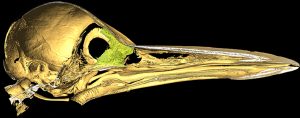
Up to now, it was suggested that woodpeckers protect their brain against injury by some kind of shock absorption. A spongy bone between the beak and the skull has been identified as a prime candidate in this regard. Other potential mechanisms such as the specialized musculature at the beak and jaw have been discussed as well. Surprisingly, all of these explanations lack quantitative evidence. Furthermore, it sounds paradoxical that woodpeckers absorb shocks since this would decrease the effictiveness to peck a whole in the wood.
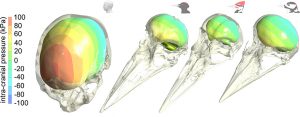
In the recent study (Van Wassenbergh et al. 2022 Current Biology, DOI: 10.1016/j.cub.2022.05.052) Prof. Dr. Böhmer and her colleagues from Belgium, France and Canada investigated the hammering performance of three woodpecker species. The highspeed video analyses revealed that the area between beak and skull remains stiff and does not act as a shock absorber. 3D models of the woodpeckers‘ skulls were produced via computed tomography. The biomechanical simulations confirmed that the beak-skull-system functions as a stiff hammer. The shocks that the brain receives during pecking, do not pose a danger to the animal because it is relavtively small and light. Thus, the intracranial impact of the brain is smaller than it would be the case in humans.
References:
Böhmer C, Fasquelle B, Furet M, Wenger P, Abourachid A (2019). Combining precision and power to maximize performance: a case study of the woodpecker’s neck. Computer Methods in Biomechanics and Biomedical Engineering: Supplement for the International French Society of Biomechanics 2019 Conference, Poitiers, France. DOI: 10.1080/10255842.2019.1668135.
Van Wassenbergh S, Ortlieb EJ, Mielke M, Böhmer C, Shadwick RW und Abourachid A (2022) Woodpeckers minimize cranial absorption of shocks. Current Biology. DOI: 10.1016/j.cub.2022.05.052.
Van Wassenbergh S, Böhmer C and Abourachid A (2020) Analysis of the shock absorption paradox in woodpeckers: Abstracts book: Society for Integrative & Comparative Biology (SICB), Austin.
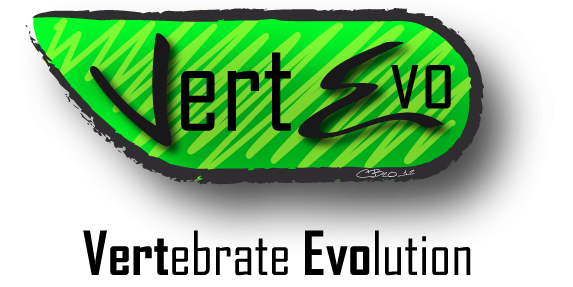
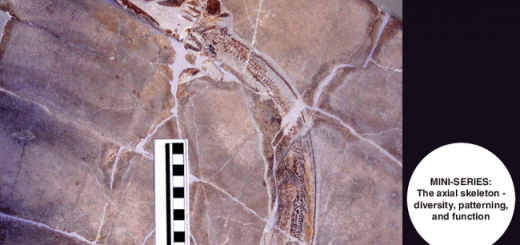
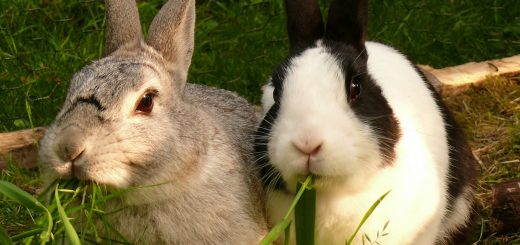
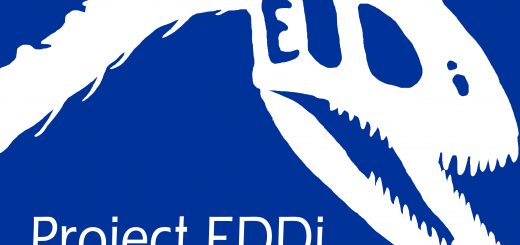
Neueste Kommentare